The question of whether men can or should wear women’s jeans has long been a topic of debate in the fashion world. Traditional gender norms have dictated that clothing items designed for one gender should not be worn by the other. However, in recent years, fashion norms have begun to shift as designers create more gender-neutral clothing options.
So when it comes to jeans, can men wear styles designed for women? Or should they stick to cuts and fits made specifically for the male physique?
This definitive guide examines the history of women’s jeans, the key differences between men’s and women’s denim, dos and don’ts for styling women’s jeans on men, and the impact of breaking gender fashion norms.
A Brief History of Women’s Jeans
To understand if men can pull off women’s jeans, it helps to understand the history of denim made specifically for women.
Jeans Designed for Women Emerge in the 1930s
While jeans were initially created as workwear for men in the late 1800s, the first pair marketed directly to women emerged in the 1930s.
- In 1934, Levi Strauss & Co. released “Lady Levi’s” – the first ever pair of jeans tailored and designed exclusively for women.
- This pioneering moment paved the way for jeans as an acceptable garment for women.
The Rise of Women’s Styles Through the Decades
Over the decades, denim brands continued releasing new styles catered to the female figure:
- 1950s – High-waisted and “mom jeans” with tucks and pleats for a more curvaceous silhouette.
- 1960s – Low-rise and slimmer straight leg jeans popularized by mods and hippies.
- 1970s – Bell bottoms and flare jeans paired with crop tops.
- 1980s – High-rise and loose baggy jeans worn with oversized tops.
- 1990s – Low-rise skinny jeans matched with crop tops and platform shoes.
- 2000s – Ultra low-rise jeans and bootcut styles.
- 2010s – High-waisted skinny jeans, mom jeans, ripped jeans.
Over the years, women’s jeans evolved from rigid utilitarian workwear into an expression of personal style and femininity.
Key Differences Between Men’s and Women’s Denim
Women’s jeans differ from men’s in some distinct ways based on the unique contours and proportions of the female body.
Differing Body Shapes
Women generally have wider hips and narrower waists than men. So their jeans are designed to curve in at the waist and flair out over the hips.
Shorter Inseams
As women tend to be shorter than men on average, women’s jeans come in shorter inseam lengths. A typical women’s inseam ranges from 30 to 32 inches, while men’s inseams start around 32 inches.
Snugger Fits
Most women’s jeans have stretch fabric blends and contoured waists to cling to curves. Men’s jeans prioritize comfort rather than shaping.
Styling Details
Women’s jeans often have embellishments like embroidery, jewels, and patterns. Men’s jeans typically opt for minimalism.
Rise Differences
The crotch seam placement varies. Women’s jeans usually have a shorter rise than men’s.
Pocket Size
Front pockets on women’s jeans are smaller than men’s to maintain a streamlined silhouette.
So with all these differences taken into account, how do women’s jeans fit on men?
How Do Women’s Jeans Fit on Men?
Women’s jeans are tailored to fit the female form, which differs from typical male proportions and shapes. However, with the right considerations around sizing and cut, men can potentially wear women’s denim successfully.
Trying a Smaller Size
Most men have to size down when buying women’s jeans. It’s recommended to go down 1-2 sizes from your regular men’s waist size.
For example, if you usually wear 30″ waist men’s jeans, try 28″ or 29″ in women’s sizing.
Considering Upper Thighs
Pay attention to thigh circumference, as women’s jeans may feel snug in this area on men. Make sure there’s enough room here for walking and sitting comfortably.
Checking Out Inseams
The shorter inseams of women’s jeans work for shorter men. But taller men may find them coming above the ankle. Look for women’s styles with slightly longer inseams.
Assessing Stretch Fabric
Women’s jeans often contain stretch for a tight fit. Without stretch, jeans may feel restrictive, especially through the hips and rear.
Trying Before Buying
It’s best to try on women’s jeans before purchasing since sizing differs so much from men’s. Make sure they feel comfortable while standing and sitting.
With some consideration for finding the ideal size and fit, men can wear women’s denim successfully. Next, let’s look at some styling do’s and don’ts.
Style Tips: How Should Men Wear Women’s Jeans?
Once you find a pair of women’s jeans that fit well, it’s time to consider how to style them in a way that complements a male aesthetic. Here are some top dos and don’ts:
DO Choose a Relaxed Style
Pick a loose women’s jean, like the boyfriend or mom jean, rather than a tight skinny style for a more flattering silhouette. The looser cut balances out the contoured waist and hips. Steer clear of excessive embellishments or any detailing that skews overly feminine.
DO Opt for Classic Colors
Stick to traditional jean colors like medium blue, black, or white. Avoid pastels or any bright hues, which may read as more feminine. Dark washes are versatile and easy to dress up or down.
DO Cuff the Ankles
Cuffing or rolling the short hems of women’s jeans helps make too-short inseams more suitable for men’s longer legs. Aim for one or two soft folds.
DO Wear with Larger Footwear
Chunky dad shoes or boots help balance out the fitted hips and legs of women’s jeans. Oversize footwear helps maintain ideal proportions.
DO Pair with Oversized Tops
Tuck in a relaxed fit t-shirt or pair with an oversized button-down or hoodie on top to help maintain a masculine silhouette. Avoid anything too tight.
DO Add a Blazer or Jacket
Throwing on a loose blazer or bomber jacket helps give structure. Let any overshirts drape instead of clinging tightly.
DON’T Cuff the Waistband
Avoid cuffing the waistband, as it can appear too cropped and feminine. Keep the rise height intact.
DON’T Wear with Heels
Stick to flat men’s shoes like sneakers, boots, or loafers. Heels will over-accentuate the short inseams of women’s jeans.
DON’T Pair with Delicate Fabrics
Steer clear of soft, lightweight materials like satin or chiffon. Rougher fabrics like denim, corduroy, and leather work best to maintain a masculine balance.
DON’T Overload Feminine Accessories
Minimal jewelry and hats keep the look from skewing overly feminine. Avoid any bright colors or sparkling accents.
By following these tips, men can seamlessly incorporate shorter, curvier fitting women’s jeans into their wardrobes while maintaining a stylish, masculine aesthetic.
The Effects of Men Wearing Women’s Jeans
Men incorporating pieces like women’s jeans into their wardrobes challenges long-held societal perspectives around gender and clothing. What are some of the impacts of breaking gender norms through fashion?
Promotes Self-Expression
Wearing women’s jeans allows men to explore their tastes and preferences in clothing without sticking to prescribed “rules.”
Normalizes Gender Fluidity
Seeing men publicly wearing women’s garments makes nontraditional choices seem more socially acceptable.
Sparks Conversation
Pushing boundaries through fashion encourages meaningful cultural conversations around evolving gender norms.
Makes Clothing Less Off-Limits
Rejecting the segmentation of clothing into gender categories means more styles are available to everyone.
Challenges Toxic Masculinity
Men wearing feminine styles chips away at the notion that masculinity is threatened or lessened by adorning one’s self a certain way.
While small, choosing to wear women’s jeans is a personal way men can shift attitudes around gender and fashion.
Now that we’ve covered the key considerations around whether men can successfully wear women’s jeans let’s recap the main takeaways.
Can Men Wear Women’s Jeans? Key Takeaways:
- Women’s jeans first appeared in the 1930s but increased in popularity through the following decades as brands designed denim specifically for the female form.
- Differences like stretch fabrics, shorter inseams, contoured waistbands, and smaller pockets characterize women’s jeans.
- For the best fit, most men need to size down 1-2 sizes from their regular men’s waist size when buying women’s jeans.
- Styling women’s jeans with relaxed tops and chunky footwear helps maintain balance.
- Breaking gender norms by wearing women’s jeans promotes self-expression and positive conversations around evolving gender attitudes.
So in summary, yes – men can absolutely wear women’s jeans with the right considerations around fit, styling, and challenging traditional perspectives. Denim is for everyone, no matter how the pieces are marketed. The most important factor is feeling your most confident and comfortable self in the pieces you adorn yourself in.
What are your thoughts? I’d love to hear your perspective in the comments below! Let me know if you have any other clothing questions you’d like to see covered.
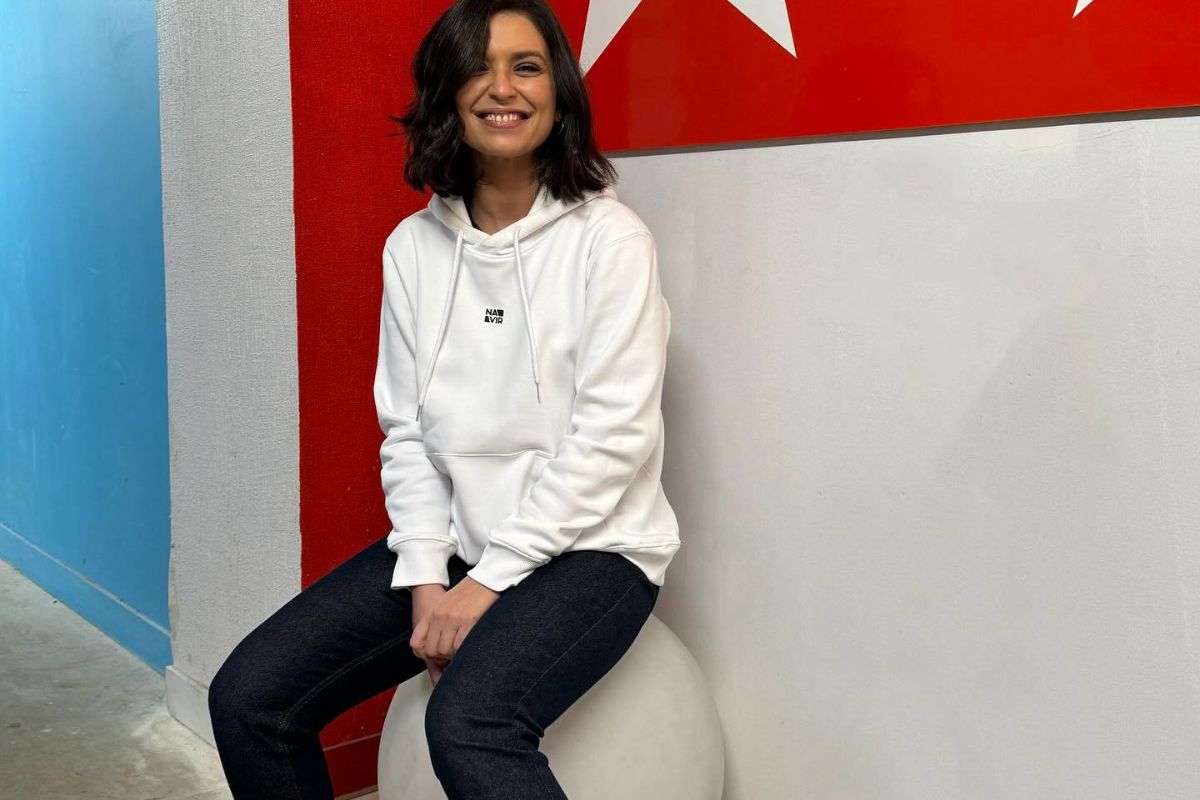
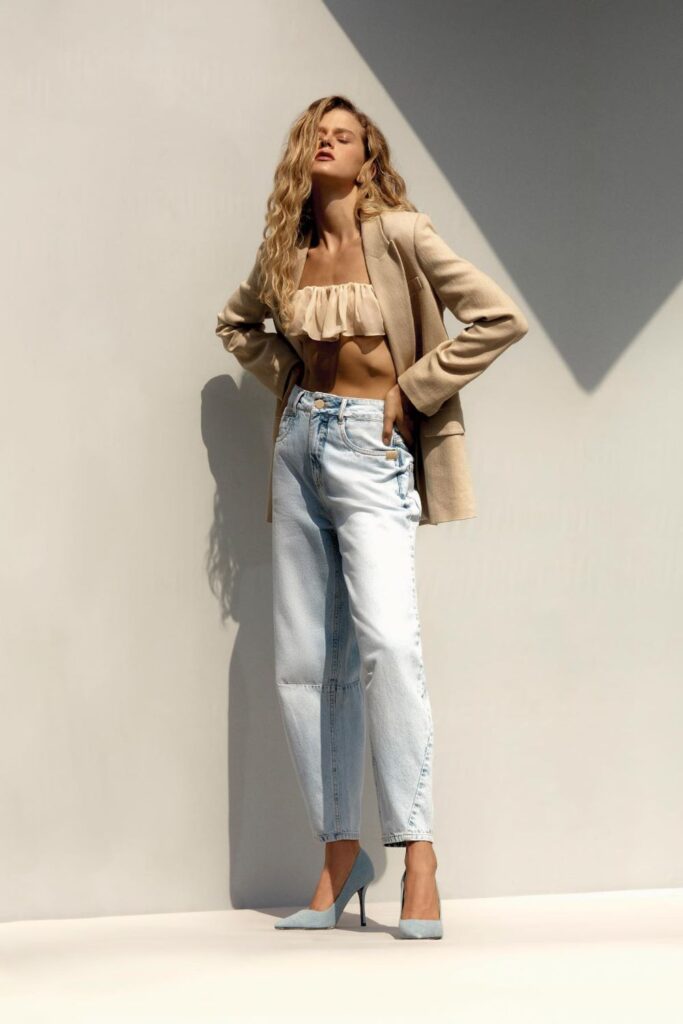


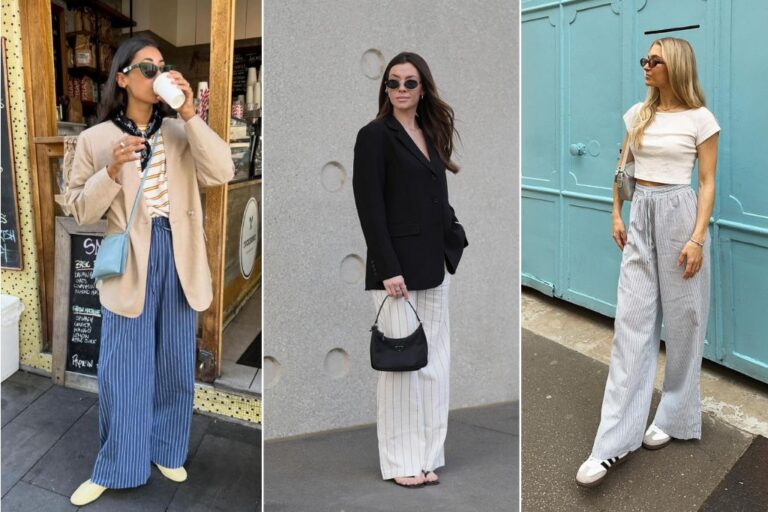
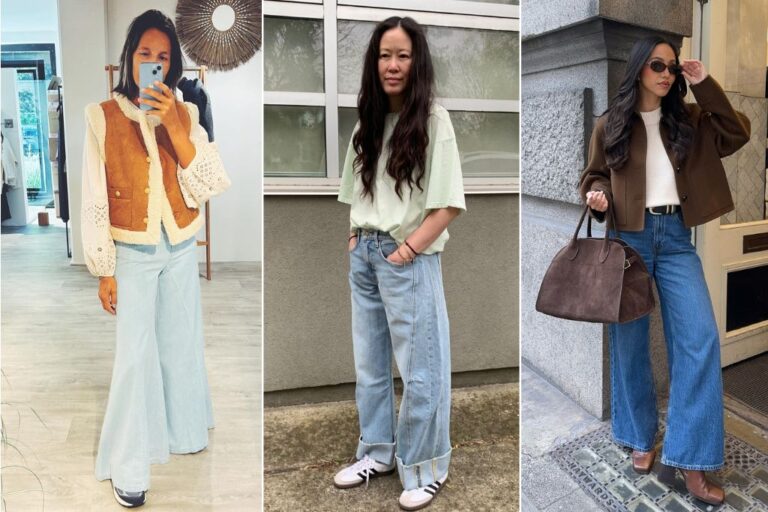
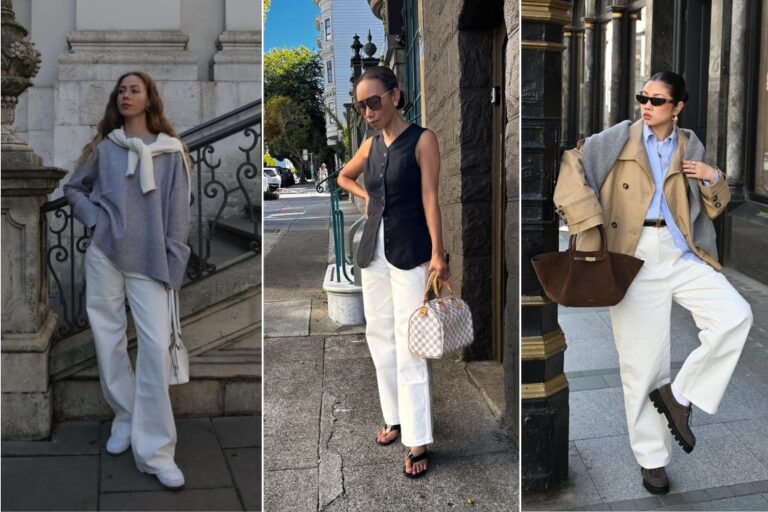

I had a long frustrating time with mens jeans. I could never find mens jeans that fit great in the hip, butt and waist. After finally giving womens jeans a try and using my hip measurement as a starting point of 41in as a true measurement and a size 31Long or 31in inseam and a 10in rise fit great almost all the time. The way womens jeans form fit the hips, waist and butt was fabulous. Womens skinny jeans were the best fit, but other fits like bootcut, girlfriend and taper jeans fit good also. The fabric blends, added stretch and softness of the denim was fantastic, especially in skinny jeans. With my wider hips and slim but shapely lower body, it was like womens jeans were ment for me. Womens jeans contour fit the lower body with such a great fit and comfort that a belt is not required.
After so many years admiring my wife’s Banana Republic jeans I did some research and read similar recommendations about trying boyfriend jeans. I just purchased my first pairs of boyfriend jeans mid-rise. I think they are the best fitting jeans I’ve ever worn. They are more comfortable than any mens jeans, I love the denim and they look great – pretty neutral. I am still trying to decide if cuffing the ankles will be a give away.
I normally wear a size 34 / 36 in mens. I bought a size 14 in these mid-rise Boyfriend. They surprised me in a good way and am more than satisfied. I ordered a pair of girlfriend jeans – I will hope I’ll be equally happy.